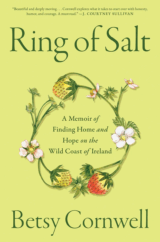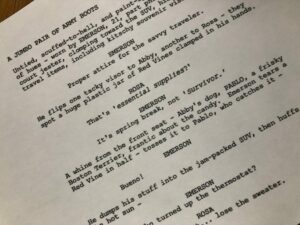Unlocking the Secrets of the Lyric Essay: Heidi Czerwiec’s Guide to Striking a Powerful Chord
As a reader, my favorite essay pair had to do with resonance and pattern: “Strike a Chord: The Lyre that Makes the Lyric” and “The Resonance of Lyric Essays, or Lyre, Not Liar.” This thinking about sound and patterning, just as we do with poetry — refrains, repetition, rhymes, rhythm and so on — helped me so much in considering the language I use when I talk about lyric essays.
As a writer, I loved Czerwiec’s essay pair on forms. “Using Poetic Forms in Creative Nonfiction” opened up such possibilities. Poets are, I think, accustomed to thinking about letting forms guide their content. But Czerwiec urges her nonfiction students to think harder about how they can employ form in shaping their essays: by using an adapted sonnet form for an argument, for example, or a sestina to convey obsession. Since the lyric essay can be so open, I found myself excited about the possibilities such constraints could suggest in an essay.












